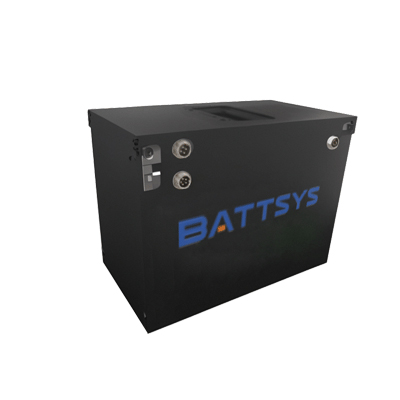What to pay attention to when choosing
AGV lithium batteries.
In modern material handling, in order to reduce the labor intensity of workers and improve work efficiency, many industries have begun to use AGV lithium battery cars to replace workers in material handling. As the main driving force for AGV cars, lithium batteries play an important role. So, what are the issues to pay attention to when choosing AGV lithium batteries?
1、 Work environment. If working in high temperature or harsh road conditions, lithium iron phosphate batteries can be used. The P-O bonds in lithium iron phosphate crystals are stable and difficult to decompose, and even at high temperatures or overcharging, they will not collapse, heat up or form strong oxidizing substances. The decomposition temperature of lithium iron phosphate is about 600 ℃, so it has good safety. In low-temperature conditions, AGV specific ternary lithium-ion batteries should be selected. Ternary lithium-ion batteries have good low-temperature discharge performance, and under the same low-temperature conditions as lithium iron phosphate batteries, the degree of attenuation is significantly higher than that of lithium iron phosphate batteries. Therefore, when choosing AGV lithium batteries, one should consider their working environment.

2、 Voltage issue. Choose the voltage and material of the lithium battery based on the rated voltage and maximum voltage at the output end. The rated voltage of the lithium battery should not be lower than the rated voltage of AGV; The full charge voltage of lithium-ion batteries should not be higher than the maximum voltage of the equipment.
3、 Power consumption. If the AGV car requires high power consumption or requires high-power discharge in the working environment, it is recommended to use lithium iron phosphate batteries under the same weight and size conditions. The mainstream
lithium iron phosphate batteries in the market can achieve an energy density of over 90WH/kg. Therefore, it is necessary to choose a suitable lithium battery based on actual electricity consumption needs.
